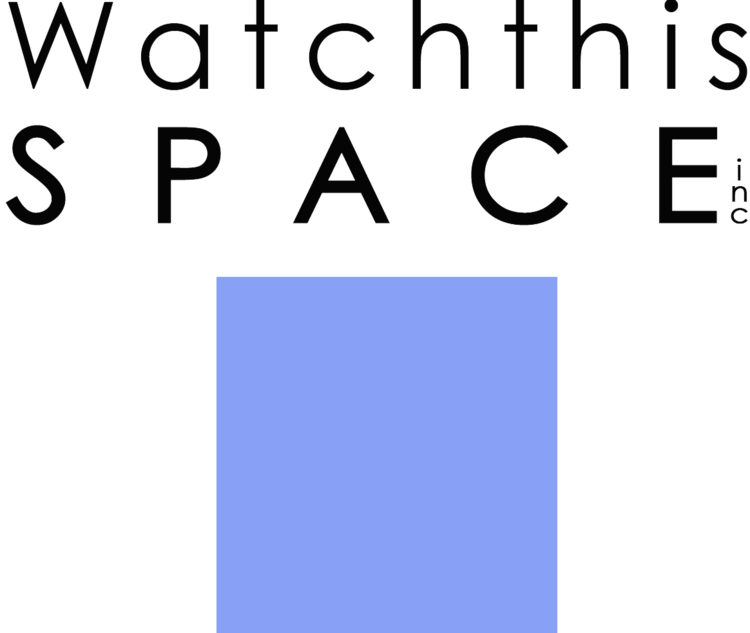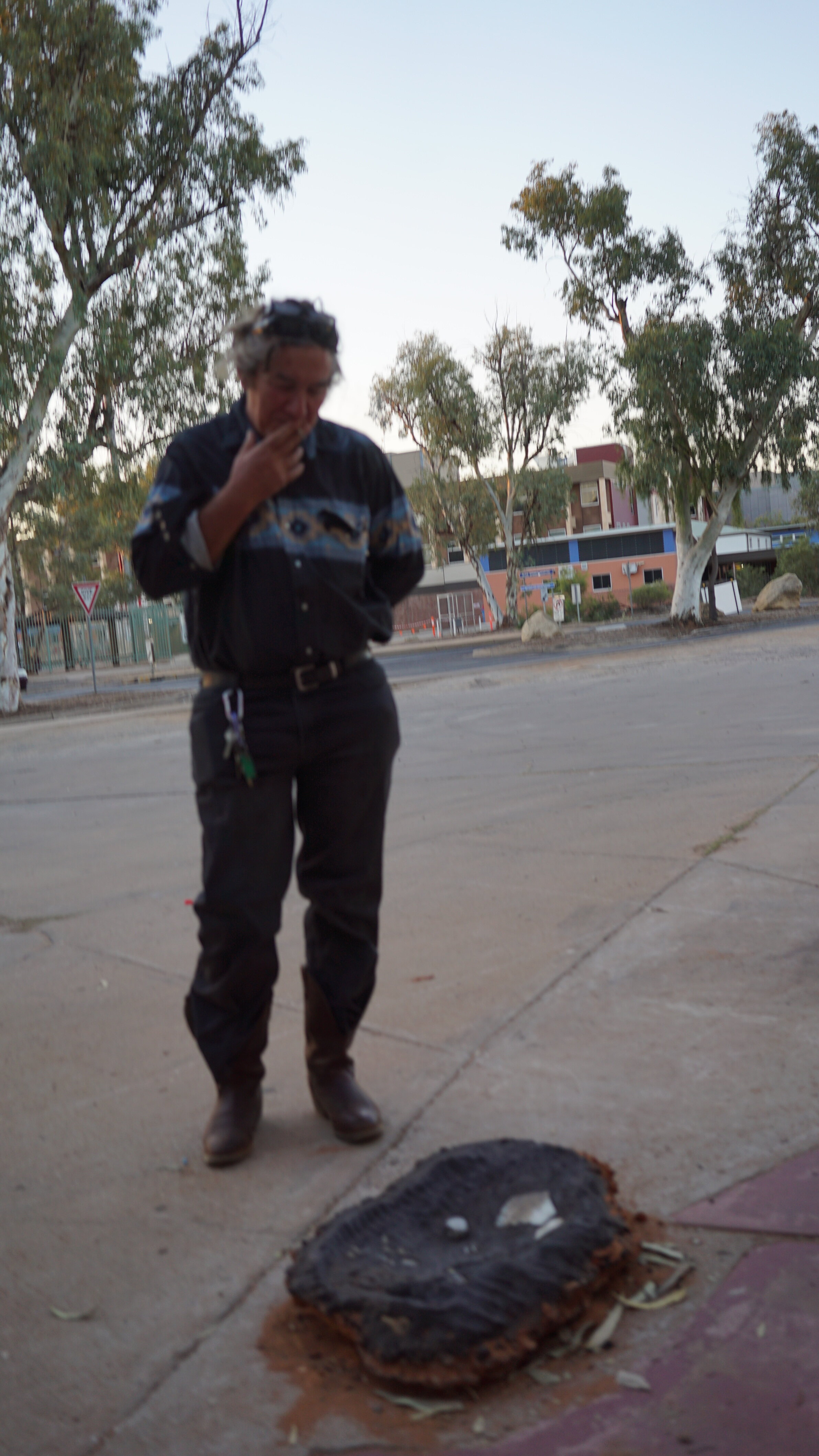memory puddle
Caspar Connolly & Grace Pickford
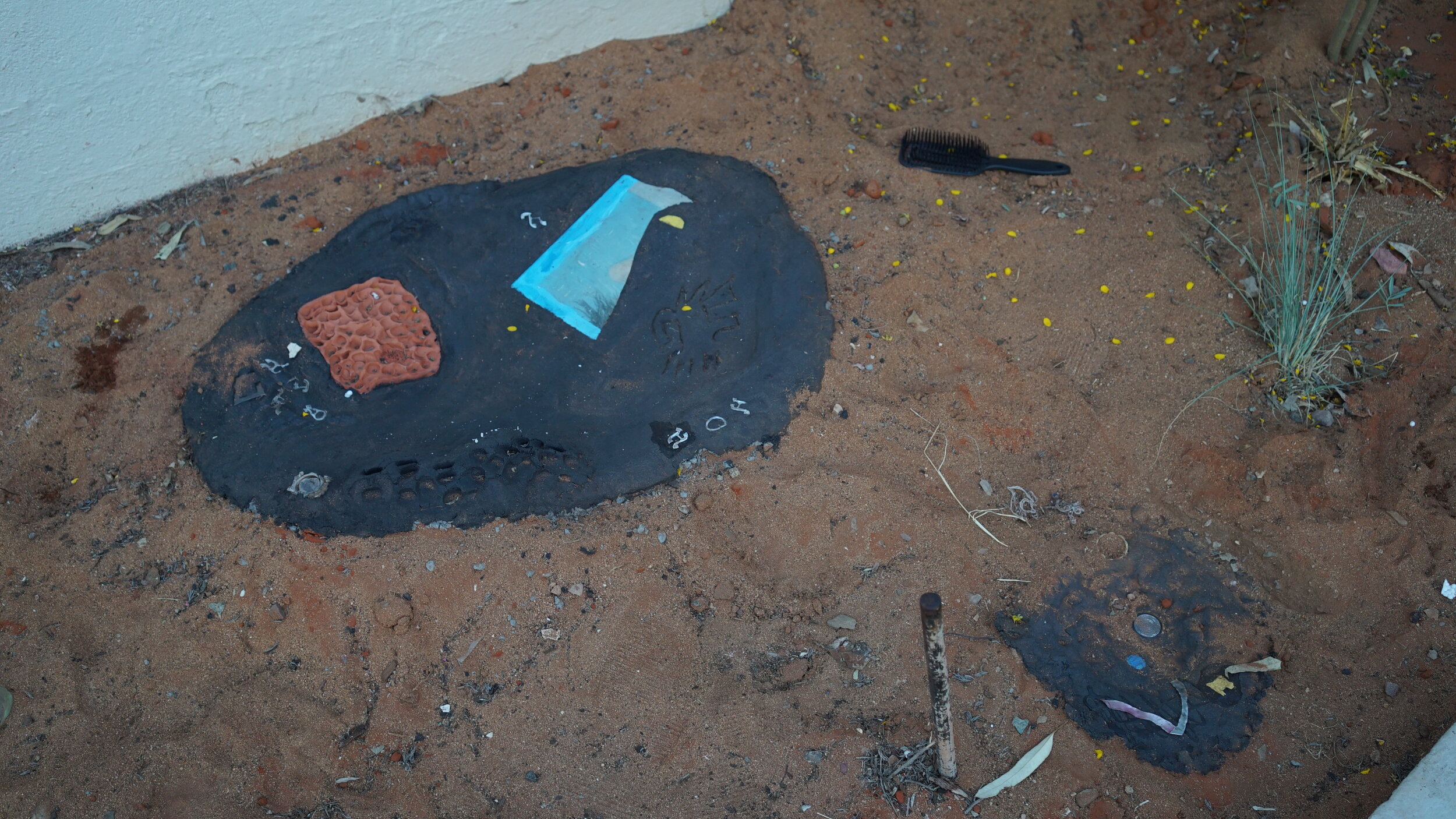
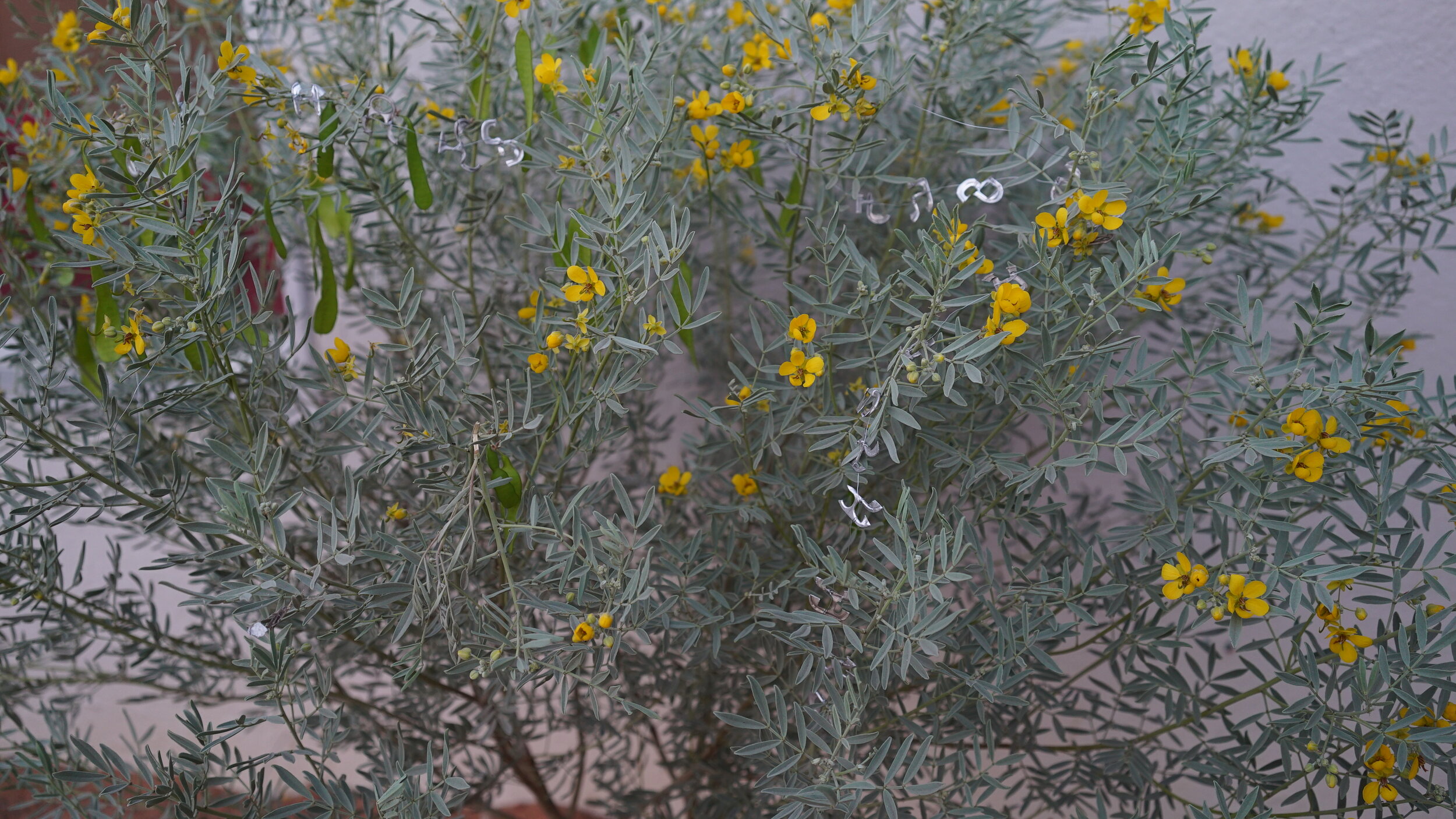
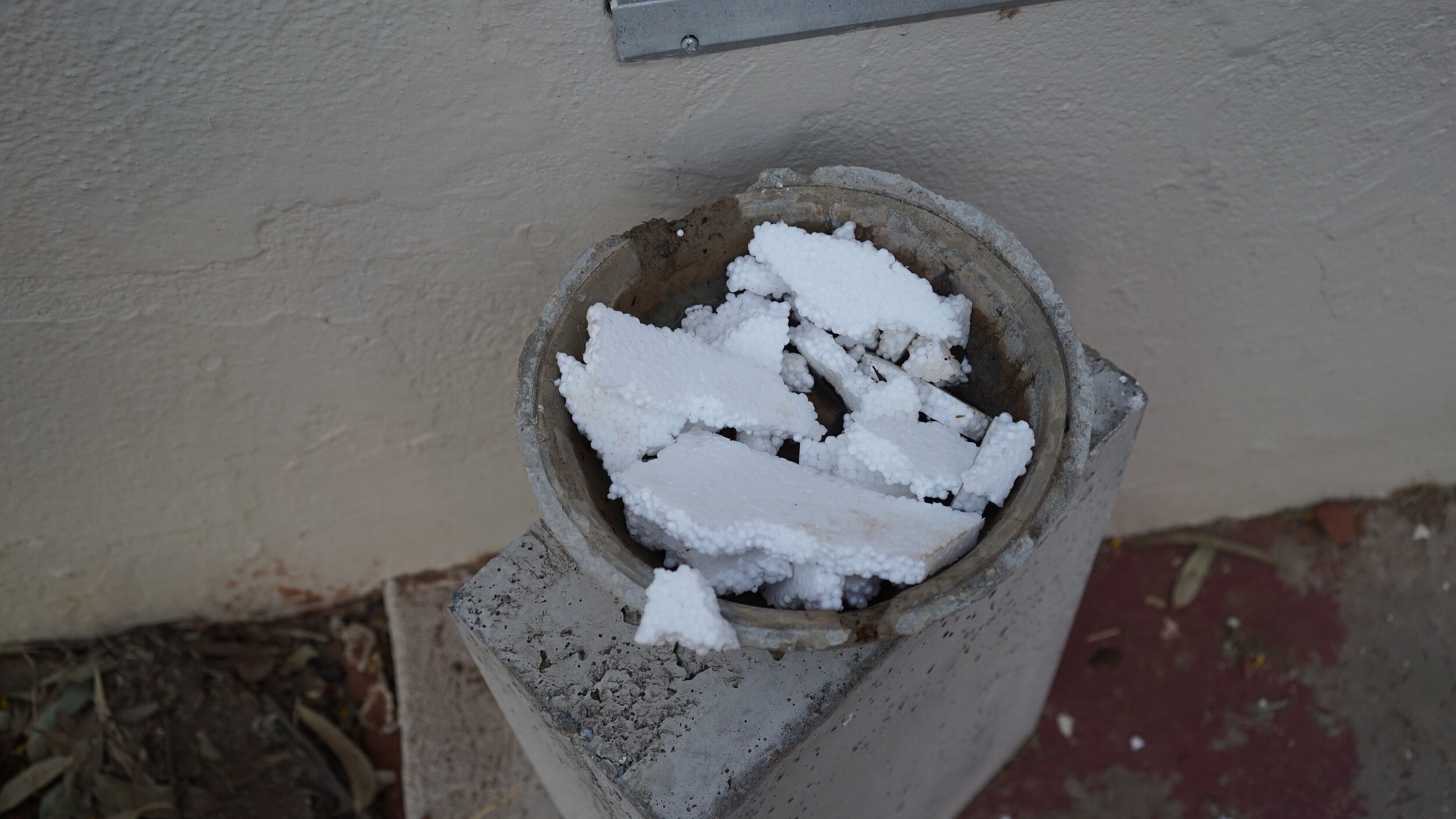
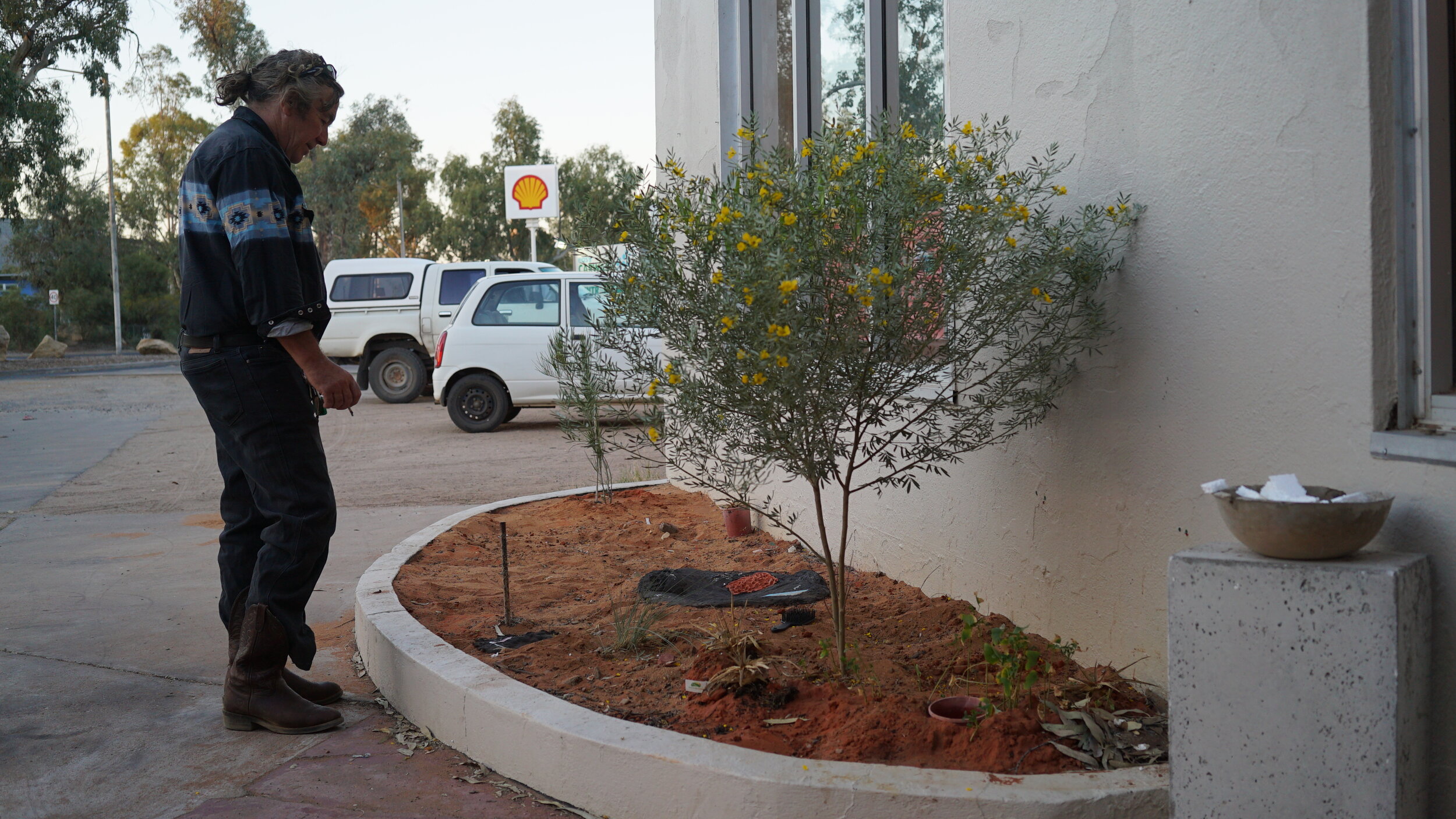
‘memory puddle’ presents a new collaborative semi-permanent installation by Melbourne based New Zealand artists Caspar Connolly and Grace Pickford. It is a collection of site responsive interventions that play with processes related to gleaning, mosaic making and personal language making.
Caspar Connolly gleans small items, objects, marks and reliefs. For 'memory puddle' he uses twisted pieces of fingernail sized found bits of metal and can pull tabs, to invent letters and symbols, which form the beginnings of a basic language. This alphabet is a way of applying personal logic and poetry as a dialectic response to pursuits of ‘freedom from’ and a sense of ‘being free’ from conventions surrounding language.
Grace Pickford’s broken ceramic tiles discuss photography's relationship to time. The 'damaging' of these images draw attention to their existence as objects whilst disrupting the traditional task photography as a medium was assigned, representation. By cracking, painting onto, and scratching these photographs their existence through time is shown through their surface rather than the original moments being depicted.
OPENING
4-6pm, Saturday 25th August
EXHIBITION
23 August - 8 September 2018
ARTISTS' BIOS
Grace Pickford
Grace's focus over the last year has been producing pictorial glass mosaics, inspired by those often found in shared spaces such as beach-towns or primary schools. Interested in the emotive associations these mosaics stir in conjunction to their locations - the childish innocence of schools and the apparent simplicity and joy of the beach in summer. Her work seeks to explore the more sober, squeamish and adult experiences of life, juxtaposed within the naïve and whimsical associations of the mosaic. By integrating the two, Grace's work bridges the rift between the pleasant and not-so-pleasant aspects of everyday experience.
Caspar Connolly
Caspar has been interested in a space within the mosaic context, that sits between the given permanent aspect of a traditional mosaic and how a mosaic could be something else, made with more temporary materials than mortar and ceramic tiles. This image exploration aims to subvert mosaic as a platform to understand what else an image is or could be, often in a physical and abject sense. His recent mosaics have used more temporary and everyday materials such as dried orange peel, found items, feathers, second hand chewing gum, old pieces of plastic, stones, seeds and organic produce. Through the use of disconventional materials, Caspar hopes to create a shift in how the viewer reads the work between an object and a “living image”.
